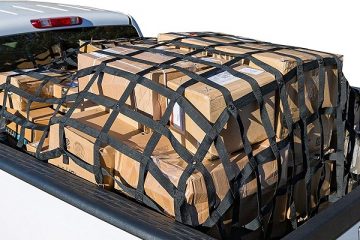The world’s smallest steam engine has been created by the University of Stuttgart and the Max Planck Institute for Intelligent Systems.
“We’ve developed the world’s smallest steam engine, or to be more precise the smallest Stirling engine, and found that the machine really does perform work,” said physicist Clemens Bechinger of the University of Stuttgart in a press release. “The machine is so small that its motion is hindered by microscopic processes which are of no consequence in the macroworld.”
The micro-engine mimics the efficient Stirling engine cycle (invented in 1816 by Scottish clergyman Robert Stirling, and shown in the lead image) but the micro-engine heats and cools solid materials to perform work rather than use the Stirling cycle of heating a gas to push a piston, then drawing the piston back as the gas cools.
The bead is only three micron (three thousandth of a millimetre) in diameter. A focused infra-red laser beam is cycled through a varying power output and this laser illumination limits plastic particle movement, similar to the compression and expansion of the gas in a cylinder in a normal engine. The compression and expansion of the bead, which is sandwiched between glass plates, occurs at different temperatures due to a second laser heating the surrounding water bead, which also cools when the laser cycles off. The water bead is only 4 micron in diameter.
The heated water molecules impact the micro-engine bead exchanging kinetic energy with its surroundings with a similar magnitude of energy exchanged as the micro-engine conversion of heat energy into motion work. Even though microscopic engines such as this are affected by molecular level forces, unlike real world sized ones, it seems that there is no engineering thermodynamic process that will prevent the micro-steam engine from doing useful work, perhaps driving a micro-pump.
The research was published in a December 11th, 2011 issue of Nature Physics, entitled “Realization of a micrometre-sized stochastic heat engine” by Valentin Blickle and Clemens Bechinger.
Via Max-Planck-Gesellschaft & Nature Physics


